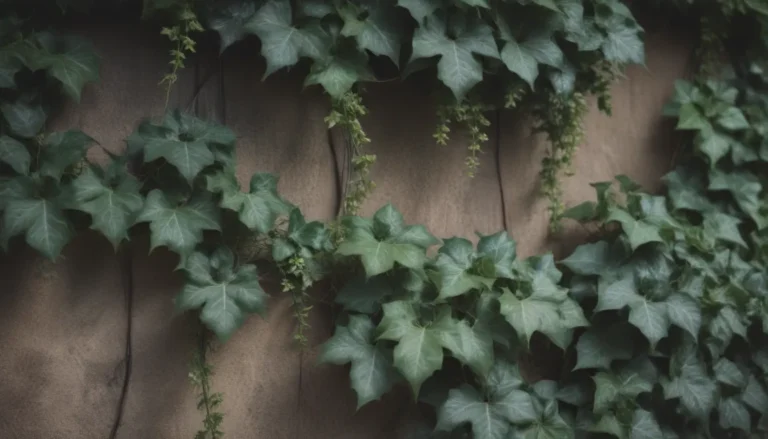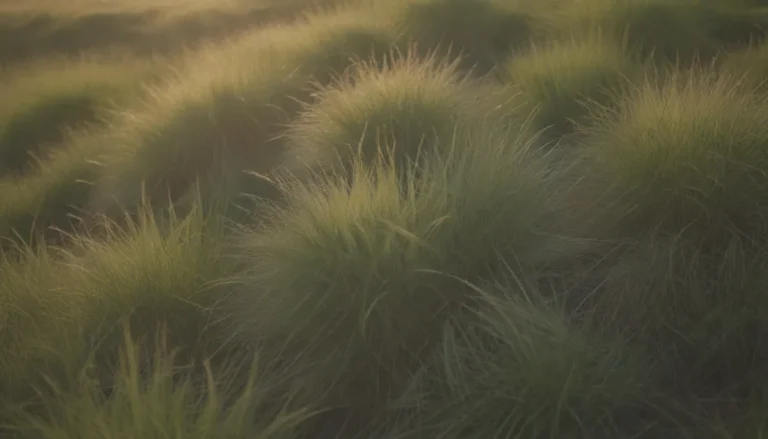The Ultimate Guide to Verticutting: Creating a Lush, Healthy Lawn

If you’re someone who takes pride in the appearance and health of your lawn, then you may want to consider verticutting. This age-old practice has long been a staple in maintaining the impeccable look of golf greens and sports venues. However, with advancements in design mechanics, verticutting is now accessible to homeowners looking to step up their lawn care game.
What Is Verticutting?
Verticutting is a crucial part of a well-rounded approach to lawn care that involves using a specialized machine to thin out, dethatch, and aerate the grass for enhanced health and appearance. These machines are equipped with vertically oriented blades that create shallow openings to allow for optimal aeration. The blade height and spacing are adjustable to accommodate different types of grass. When it comes to home use, verticutters operate similarly to walk-behind self-propelling mowers. The process involves creating light soil penetration, leaving behind faint grooves in the lawn, and bringing thatch to the surface where it can be raked and removed.
Benefits of Verticutting
Verticutting offers a range of benefits that contribute to the overall health and appearance of your lawn. Here are some advantages of incorporating verticutting into your lawn care routine:
- Thins out the thatch layer to improve airflow and reduce the risk of disease
- Enhances water absorption in the soil
- Encourages deeper root growth for stronger, more resilient grass
- Improves the overall appearance of the lawn by creating a neat, well-manicured look
- Increases the effectiveness of fertilizers and other lawn care products
Verticutting vs. Dethatching vs. Aerating
When deciding on a care routine for your lawn, it’s essential to consider the soil condition and the type of turfgrass you have. Here’s a breakdown of the key differences between verticutting, dethatching, and aerating:
Verticutting
- Can be done up to three times a year
- Works best when thatch buildup is 3/4-inch thick or less
- Ideal for grass types like Kentucky bluegrass and Bermuda grass that produce heavy thatch
- Helps keep thatch at a manageable level when done regularly
Dethatching
- Done as needed when decaying material affects lawn health
- Removes heavy thatch layer using horizontal blades
- Should be done only once a year or every few years to avoid damaging existing grass
Aerating
- Increases oxygen availability to roots
- Best done during the peak growing season
- Can be done by hand, with a machine, or using liquid solutions
- Most beneficial for thick turfgrasses and heavy clay soils
When and How to Verticut a Lawn
Knowing when and how to verticut your lawn is key to achieving the best results. Here are some tips to help you get started:
- Optimal times for verticutting are early spring or fall, preferably after a rainfall
- Cool temperatures and moist soil make the job easier and less stressful for the grass
- For cool-season grasses, verticut in early spring or fall; for warm-season grasses, late spring to early summer is best
- Pay attention to how quickly thatch builds up on your lawn to determine how often to verticut
- Remember that verticutting won’t damage existing turfgrass and can be done annually without harm
By following these steps and guidelines, you can ensure that your lawn receives the care it needs to thrive and maintain its lush, healthy appearance.
In Conclusion
Verticutting is a valuable practice that can have a significant impact on the health and appearance of your lawn. By understanding the benefits of verticutting, as well as how it differs from dethatching and aerating, you can create a comprehensive lawn care routine that yields optimal results. Remember to consider your soil condition, grass type, and the frequency of maintenance when incorporating verticutting into your lawn care regimen. With a little time and effort, you can transform your lawn into a vibrant, well-maintained outdoor space that you can enjoy year-round.





